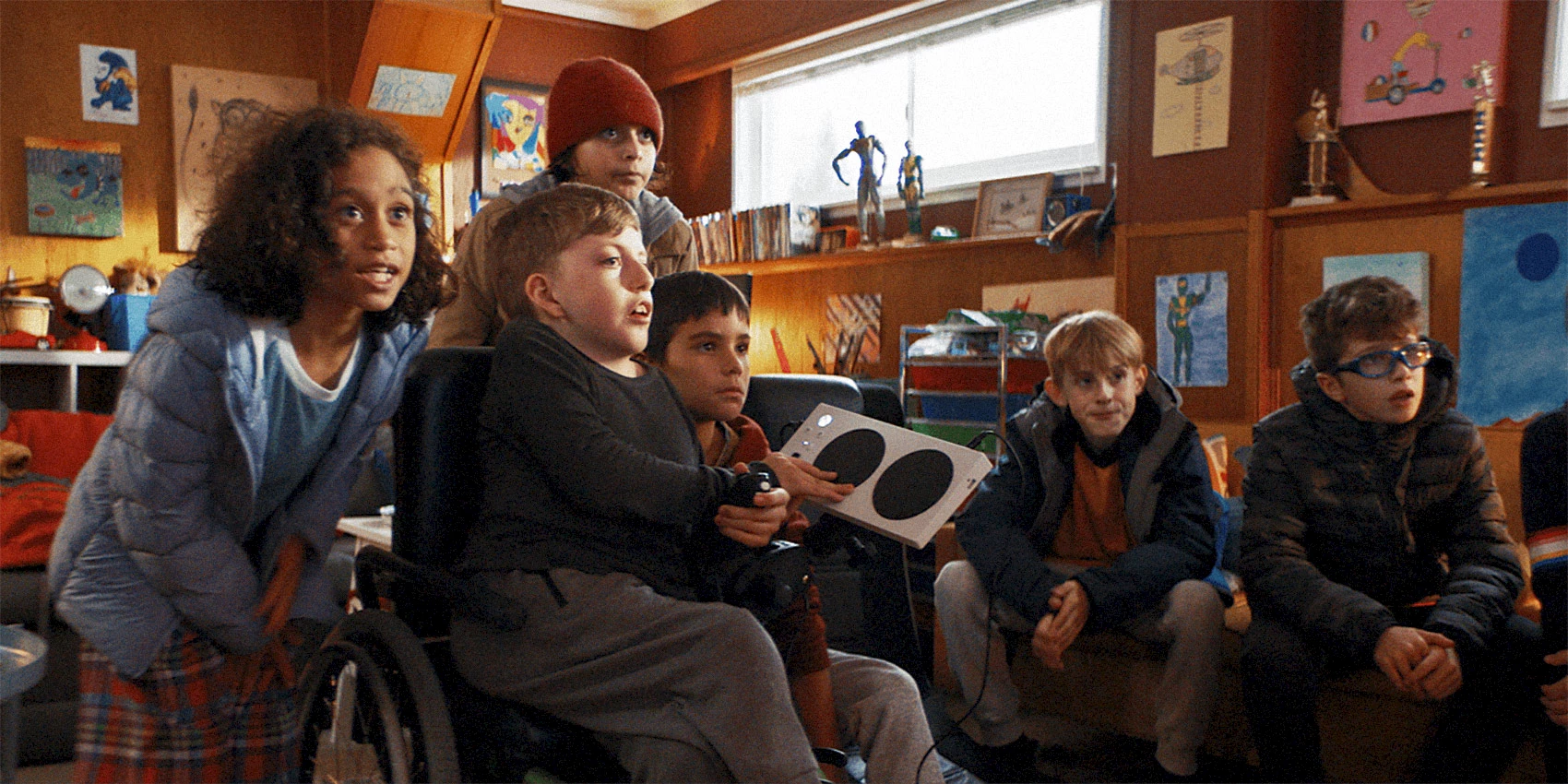Inclusive design: because humanity is diverse

Inclusive design means designing your product taking into account the great diversity of people that will interact with it, so that no-one loses out, and everyone wins. Kevin Dekker, UX/UI designer at Spiria Toronto, explains.
If you were one of the millions watching the 2019 Super Bowl, you might have seen this ad from Microsoft:
So now that you’re tearing up at work, there are a few things I want to take away from this video:
First — Owen has his priorities straight: “I love video games, my friends, my family, and AGAIN video games.” (By the way, he has his own YouTube channel where he reviews games — give him a subscribe).
Second — Inclusive design benefits everyone.
What is inclusive design?
According to the Ontario government's Inclusive Design Toolkit, inclusive design is:
“Designing for the full range of human diversity in ability, language, income, culture, gender, age and other characteristics.”
Okay … that’s a tall order! So, what do we do?
Look for problems
Lillian Xiao has penned a great article outlining the 6 Principles for Inclusive Design — I want to focus on #1 and #3:
- 1. Seek out points of exclusion;
- 3. Recognize personal biases.
As part of the product design process, teams need to look past their own experience and seek these problems out in order to fix them. As Donald Rumsfeld once put it:
“[…] as we know, there are known knowns; there are things we know we know. We also know there are known unknowns; that is to say we know there are some things we do not know. But there are also unknown unknowns — the ones we don’t know we don’t know.”
Maybe this was the first time you’ve thought of how someone like Owen would interact with a console controller — and maybe this was the first time you’ve thought about how income, culture, and gender could affect the way someone uses your product — but now that seed is in your brain. By learning more about Inclusive Design and their users, teams can move away from the “unknown unknowns” to the “known unknowns”, and finally to the “known knowns”.
Additional benefits to your product
So now you’re looking at your product through the lens of being more inclusive. That’s great! But do you know what else is cool? By making your product more inclusive, you’re making it better for ALL your users.
Let’s go back to Lillian’s article again, and circle back to #2:
- 2. Identify situational challenges
What does that cover? I found this one easier to understand with examples:
- Captions can benefit a person who is deaf or hard of hearing, but also someone interacting with a video at a loud hockey arena or next to a sleeping spouse.
- Allowing users to utilize their Tab button helps with issues with using a traditional mouse, but also lets users who love their hot-keys to fly through your application with ease.
- Optimizing your app for one-handed use can help a lot of different people — from single amputees to someone hanging onto a subway strap.
Don’t stop there
This isn’t a one-and-done type of issue. Your product will continue to develop — new features will be added, new devices will come out — things you can’t anticipate. Your team will need to keep looking at how users interact with your product to make sure that everyone is included.
